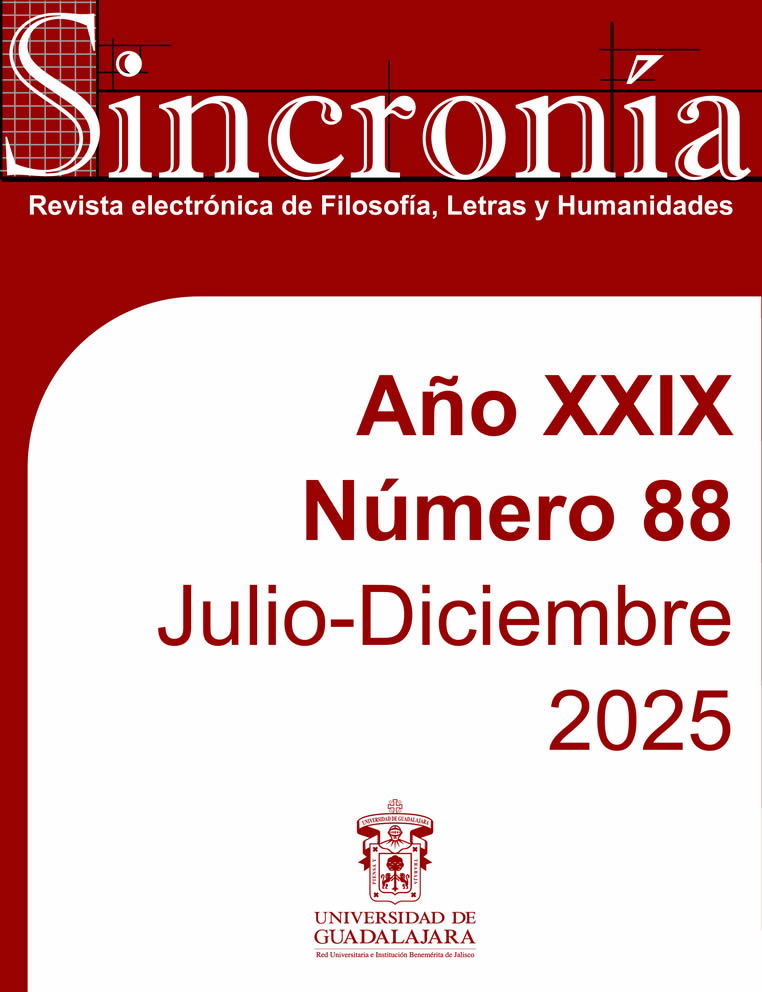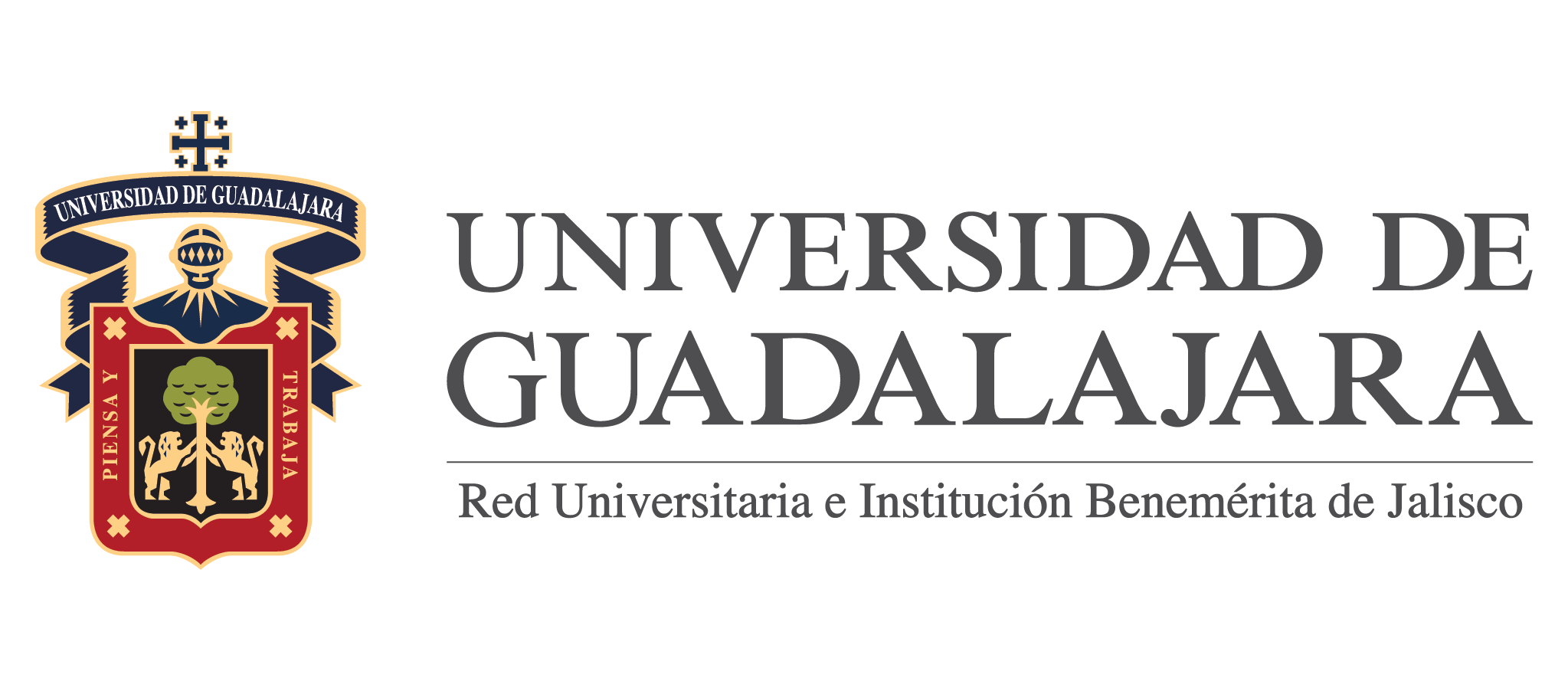The shipwreck of Calle de la Providencia. Buñuel, the Exterminator
Keywords:
Bourgeoisie, Luis Buñuel, Surrealism, Time, The Exterminating Angel, Suspension of meaningAbstract
The central objective of this article is to reflect on how Buñuel reflects the anomie, superfluity and alienation of the bourgeoisie as a social class in Mexico in the 1960s and early 1970s, whose members are characterized as characters who live in a perpetual state of disconnection from the immediate world. We will focus on the film The Exterminating Angel (1962), although we will build bridges with the film The Discreet Charm of the Bourgeoisie (1972). Likewise, we will focus on unraveling how Buñuel uses the absurd and the surreal to demonstrate the moral decadence of the bourgeoisie. The methodology of the essay is based on a comparative analysis of both films, focusing on the narrative, symbolic and visual elements, exploring the surrealist structures (the passage of time, dream sequences, dialogues and seemingly meaningless expressions, among other narrative elements) and the extreme situations (ethos, repression and projection of desire, double standards, etc.) that Buñuel presents to expose the contradictions and existential emptiness of the main characters. The conclusions of the essay highlight that, through his dreamlike, symbolic and surrealist representations, Buñuel denounces the artificiality of bourgeois life, in which human relations are marked by hypocrisy, chaos and superficiality. In The Exterminating Angel, the physical confinement of the characters in a closed space symbolizes their own existential shipwreck. In The Discreet Charm of the Bourgeoisie, the irruption of the absurd underlines the impossibility of achieving an authentic life.
Downloads
Published
Versions
- 2025-07-02 (2)
- 2025-06-30 (1)
How to Cite
Issue
Section
License
Copyright (c) 2025 Carlos Alberto Navarro Fuentes

This work is licensed under a Creative Commons Attribution-NonCommercial 4.0 International License.
You are free to:
- Share — copy and redistribute the material in any medium or format
- Adapt — remix, transform, and build upon the material
- The licensor cannot revoke these freedoms as long as you follow the license terms.
Under the following terms:
- Attribution — You must give appropriate credit , provide a link to the license, and indicate if changes were made . You may do so in any reasonable manner, but not in any way that suggests the licensor endorses you or your use.
- NonCommercial — You may not use the material for commercial purposes .
- No additional restrictions — You may not apply legal terms or technological measures that legally restrict others from doing anything the license permits.



























